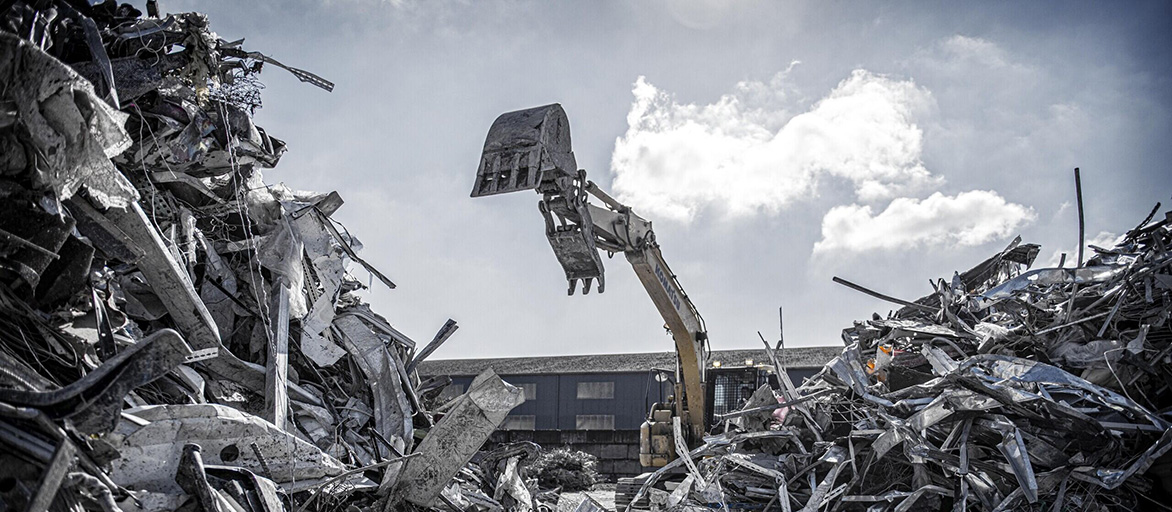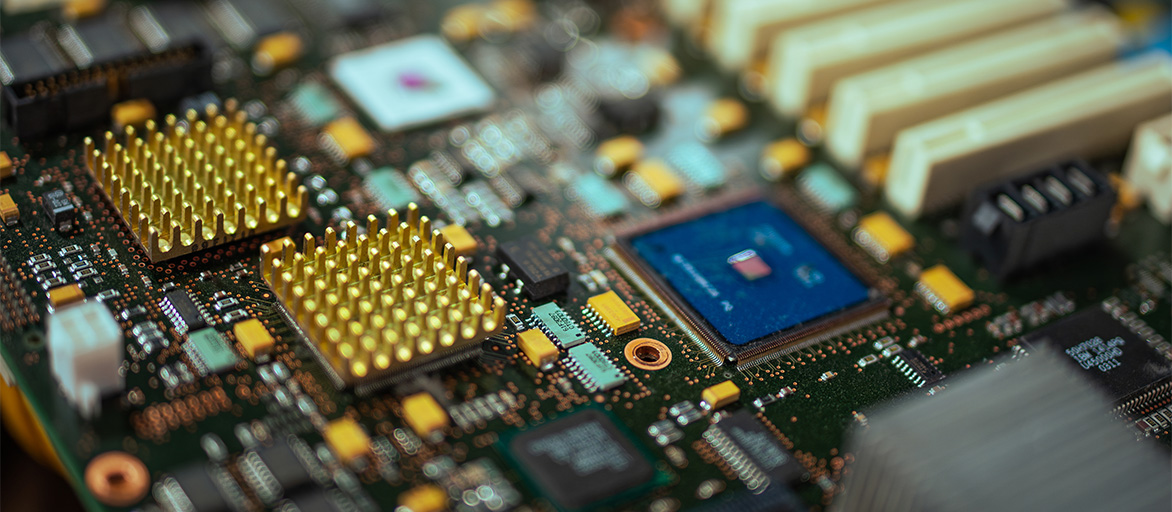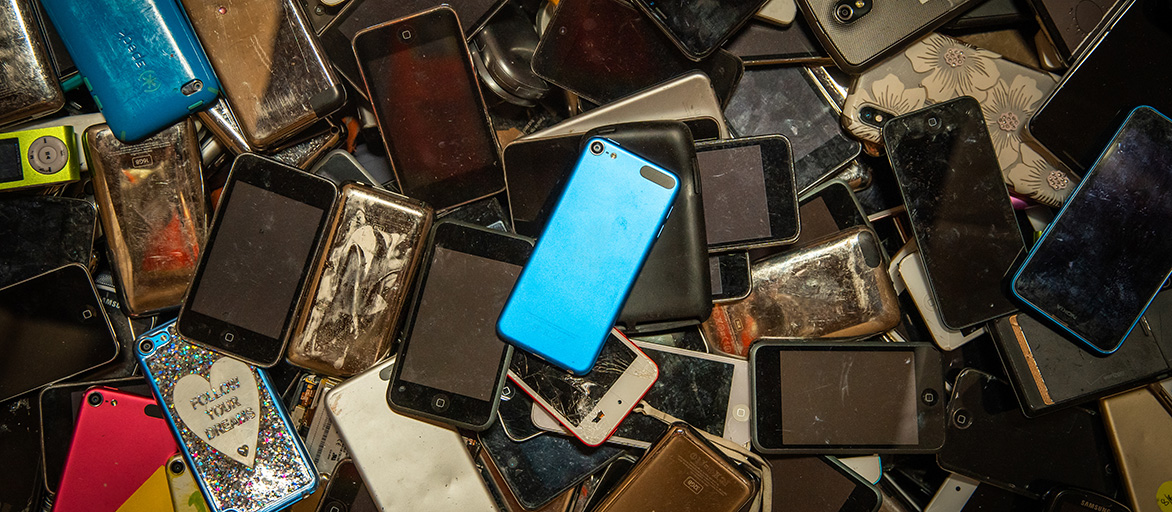Services:
Metal Buy-Back
We’re Heavy Into Metal—And Paying You For It.
We recycle more metal than a Twisted Sister cover band, with advanced sorting technology and a metal buy-back program that pays you for scrap while protecting the environment.

How To Get Paid For Your Scrap Metal
Bring Your Metal
Visit our Spectrum location and bring your metal for recycling. We're ready to accept it at the customer entrance.
Weight & Quote
We'll weigh your metal and provide a price based on the current market rate. You can also call ahead for an estimate at (425) 549-3000
Get Paid
You’ll receive payment via check for your metal's value. Payouts start at $25. Fast and easy! Note: We'll always recycle, but some metals hold no value.
Ready to Get Started?
accepted Ferrous Metals
- Iron
- Steel
- Cast Iron
- Tin/light Iron
- Steel rebar
accepted non-ferrous Metals
- Copper
- Aluminum
- Stainless steel
- Lead
- Brass
prohibited Metals
- Airbags
- Closed containers, including unprocessed/unpunctured bins, such as enclosed drums or tanks
- Hazardous waste or chemicals
- Flammable materials, ammunition, or explosives
- Fluids including oils, gasoline, antifreeze, hydraulic fluid, gear oil, or grease
- Fluorescent lights
- Paint cans
- Radioactive materials
- Refrigerants
- Tires, wood, dirt, yard debris, concrete, asphalt, glass, rubber, or other non-metal materials
Benefits of recycling Metal🤘
- Conserves natural resources
- Reduces greenhouse gas emissions
- Saves energy
- Reduces landfill debris
- Stimulates economic growth
- Reduces reliance on imported materials
Request a quote
We got you.
Please fill out this form to request a quote. You will receive a call from us within 1 business day.
Community Recycling Events with DTG
the dtg standard
Dedicated Local Support
Unmatched Reliability
Flexible Scheduling
Full-Service Capability
keeping it clean
FAQ
Where can I recycle metal?
How many times can metal be recycled?
How much money can you earn by recycling metal?
The payment you receive for scrap metal recycling is typically based on the weight, so the amount you have is important. Nonferrous metals are generally worth more than ferrous metals. It’s best to wait until you have a significant quantity to ensure maximum payment if you plan to recycle smaller items like cans or coat hangers. Note: We’ll always recycle, but some metals hold no value.
Can you recycle metal hangers?
What is the easiest metal to recycle?
Where does most recycled metal go?
Explore More DTG Services

Certified Destruction

